As we look forward to a new year of delivering cutting-edge thought leadership on data protection, accountable governance and privacy, CIPL has published a compilation of everything we were able to accomplish in 2023. Last year, we published 16 white papers, 15 public consultations, and 11 infographics. We delivered 38 roundtables and workshops, over 60 panels and keynotes, and 10 Monthly Members' Calls.
Our Year in Review gives you access to all of CIPL's 2023 publications. Thank you for all of your support over 2023 - we look forward to another productive year ahead, engaging on a wide range of exciting issues and promoting responsible leadership and action in data privacy!
Our Year in Review gives you access to all of CIPL's 2023 publications. Thank you for all of your support over 2023 - we look forward to another productive year ahead, engaging on a wide range of exciting issues and promoting responsible leadership and action in data privacy!
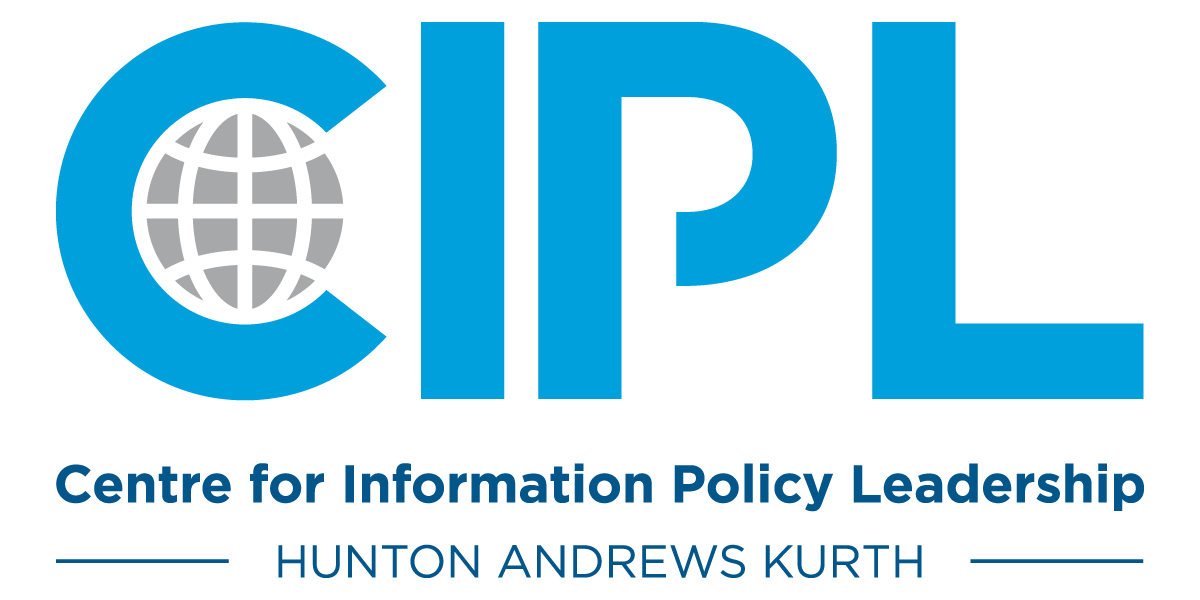
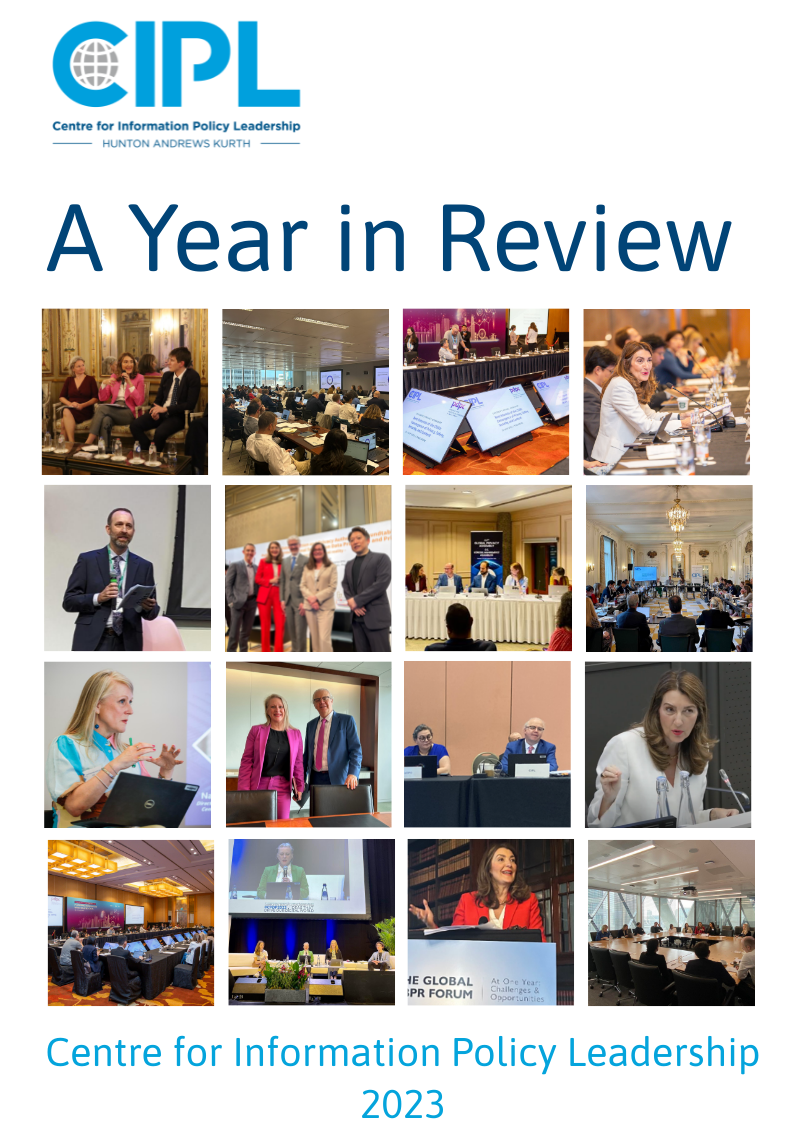

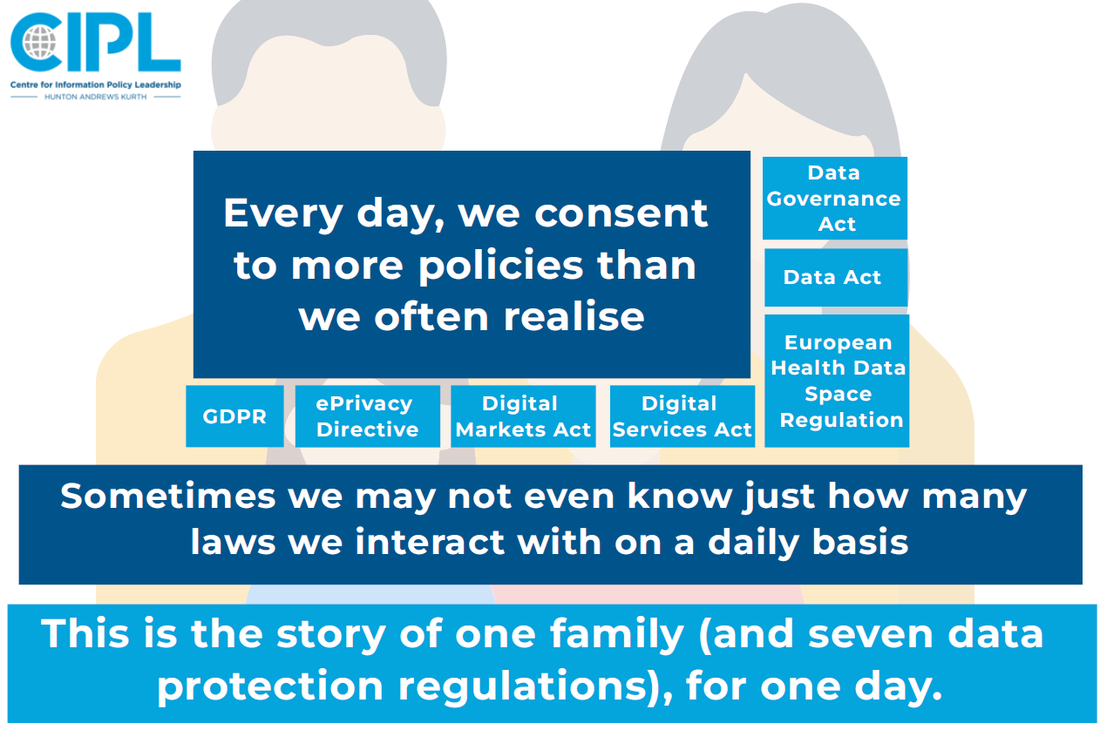
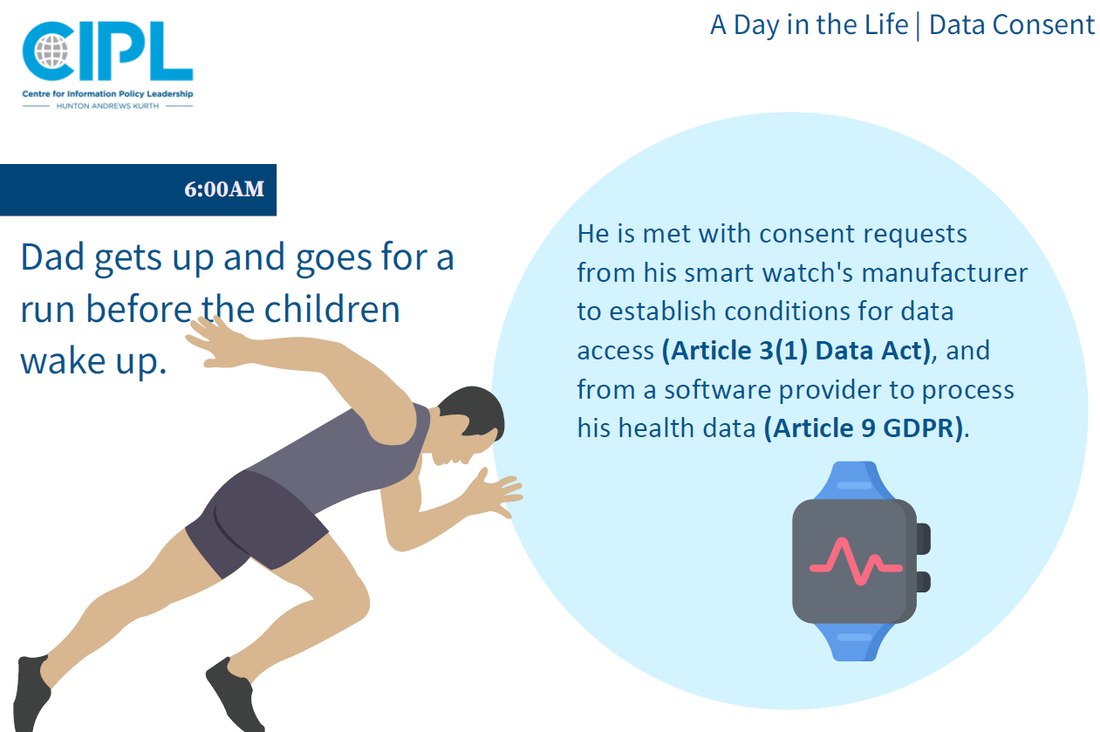
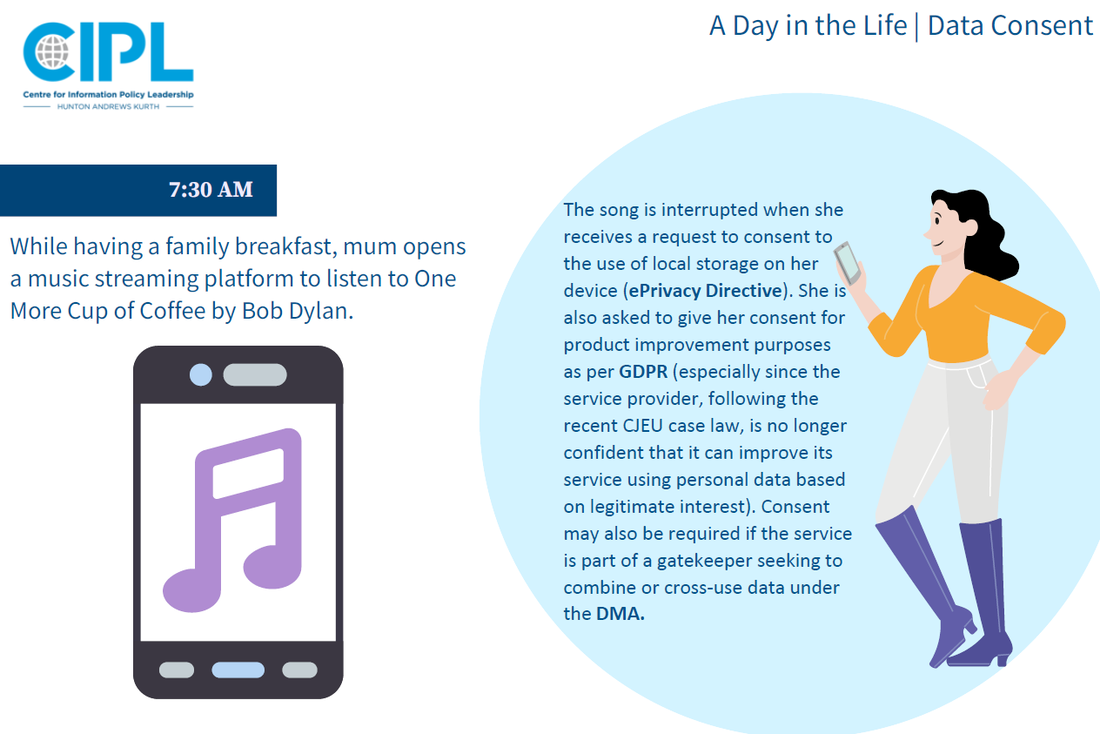
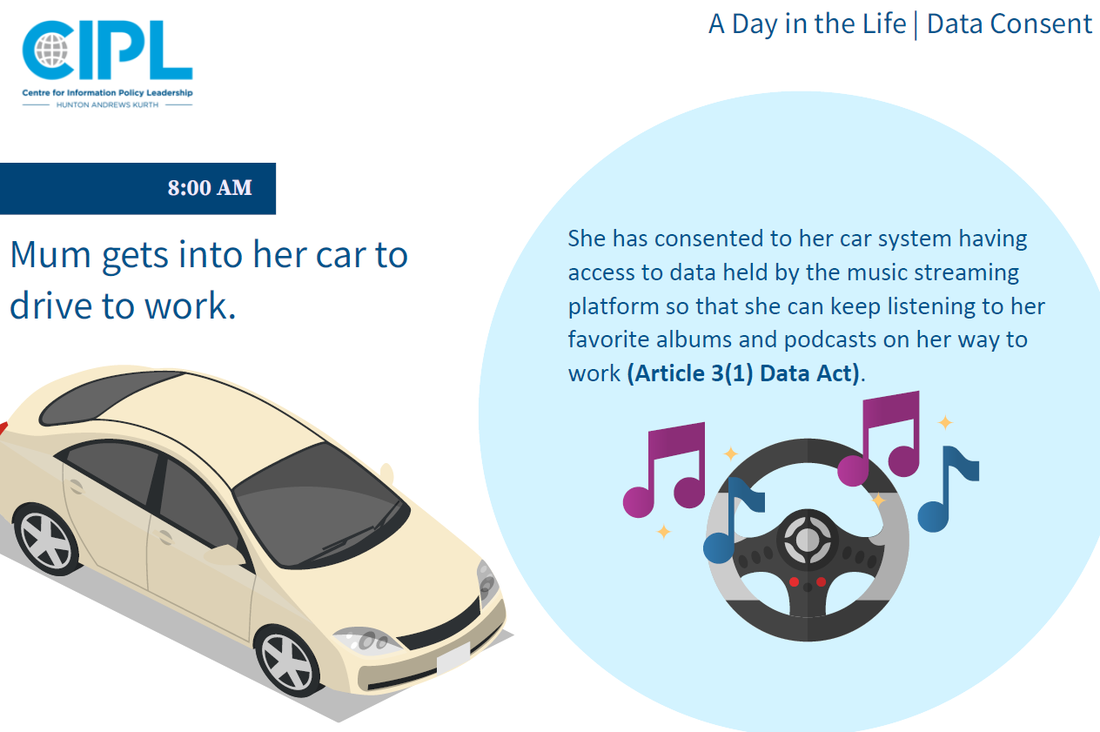
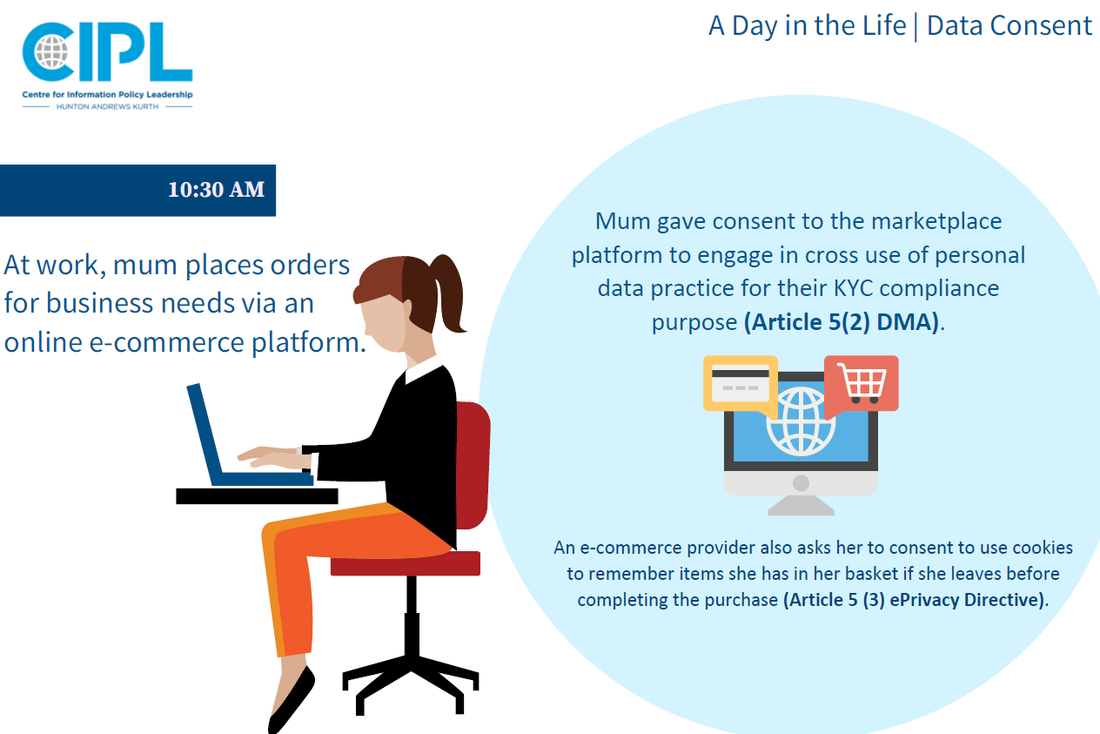
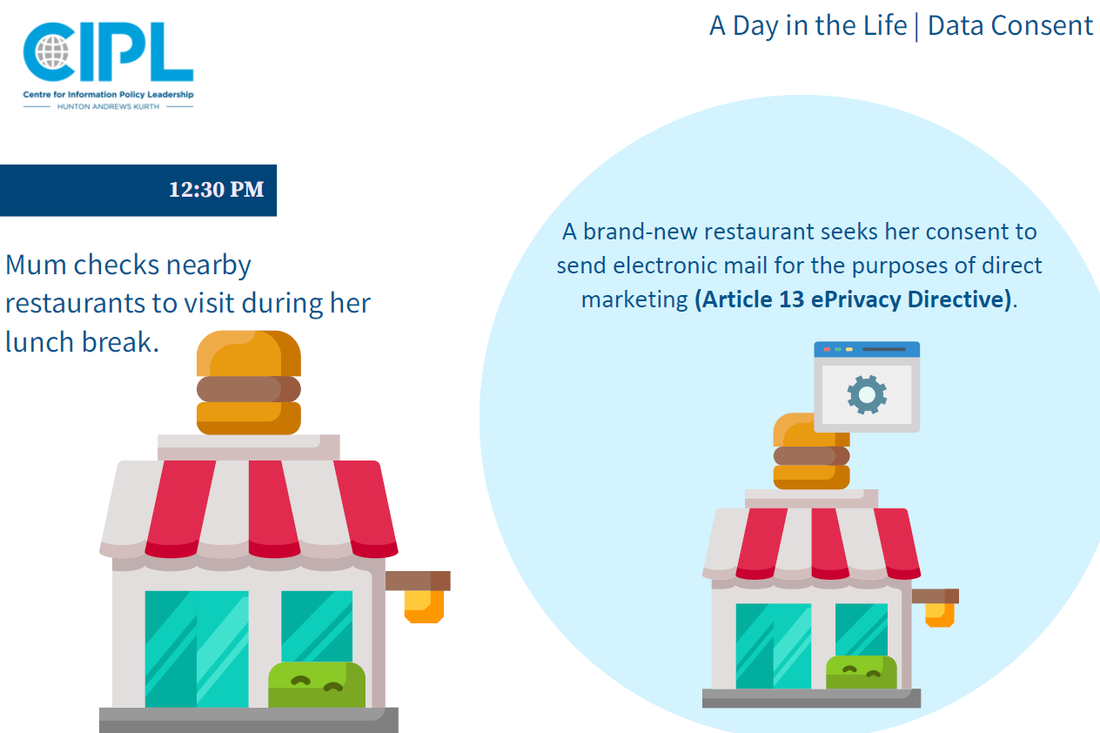
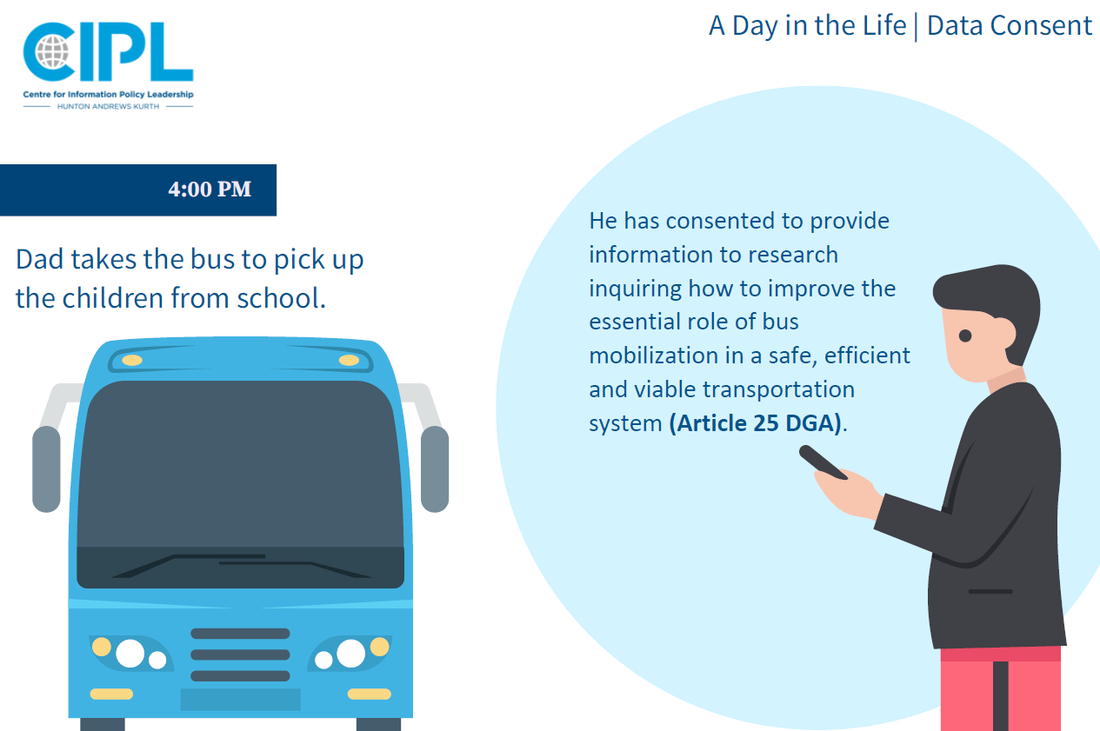
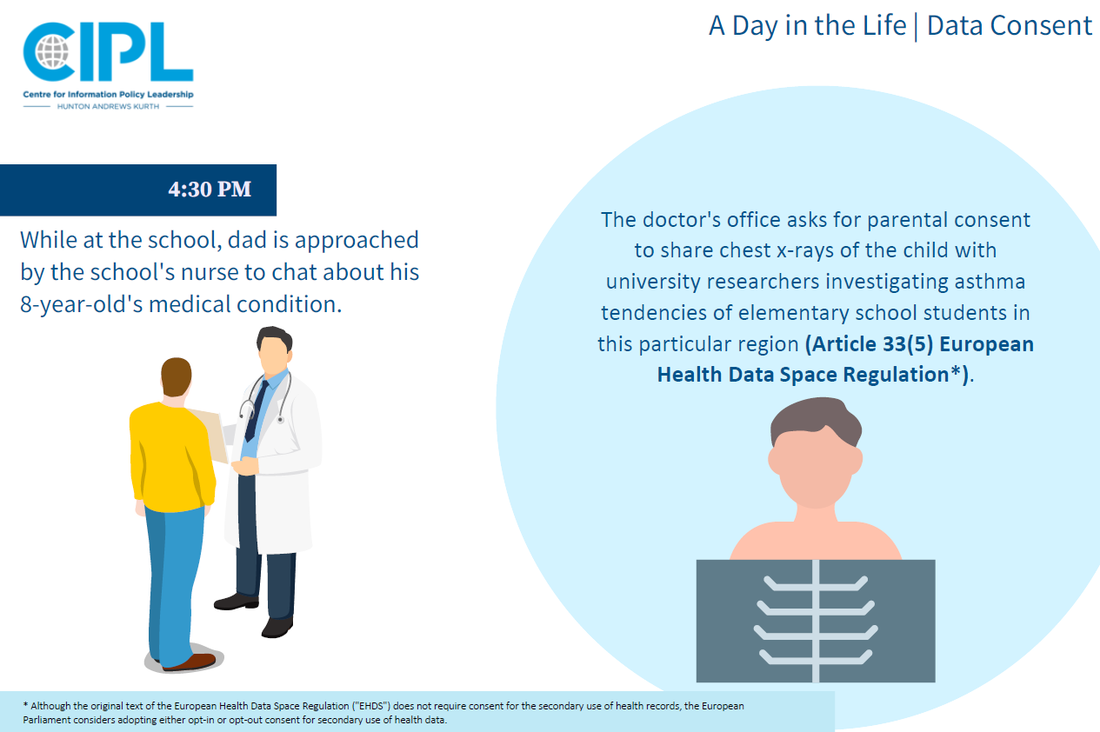
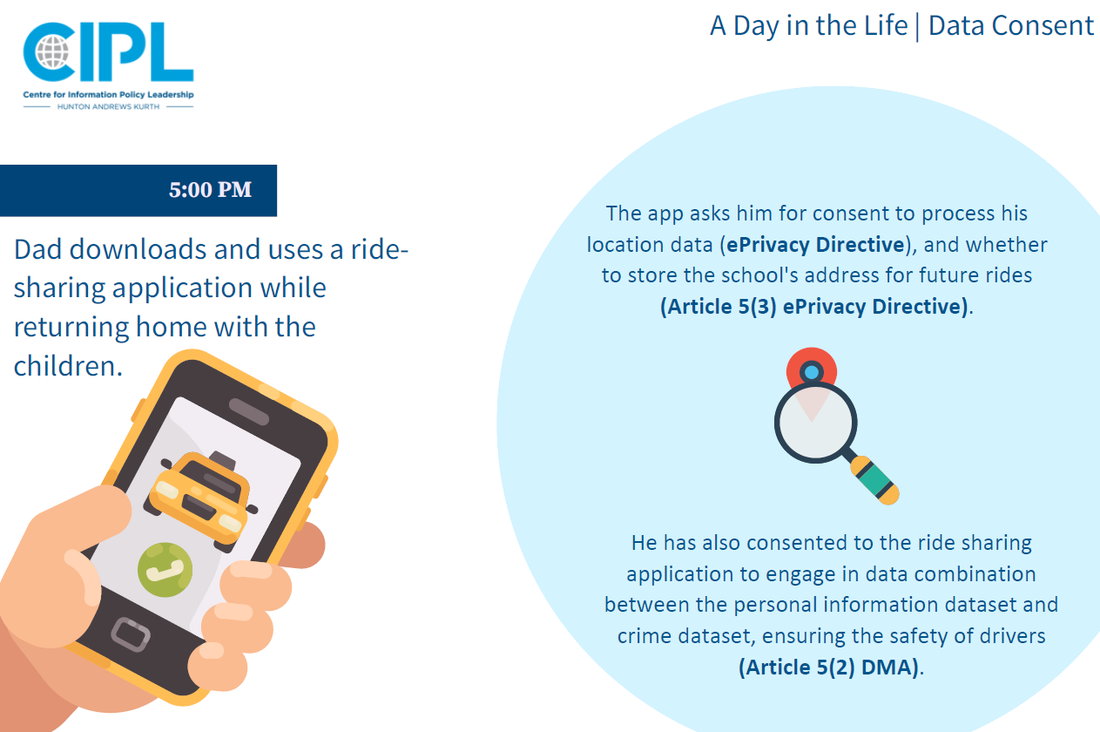
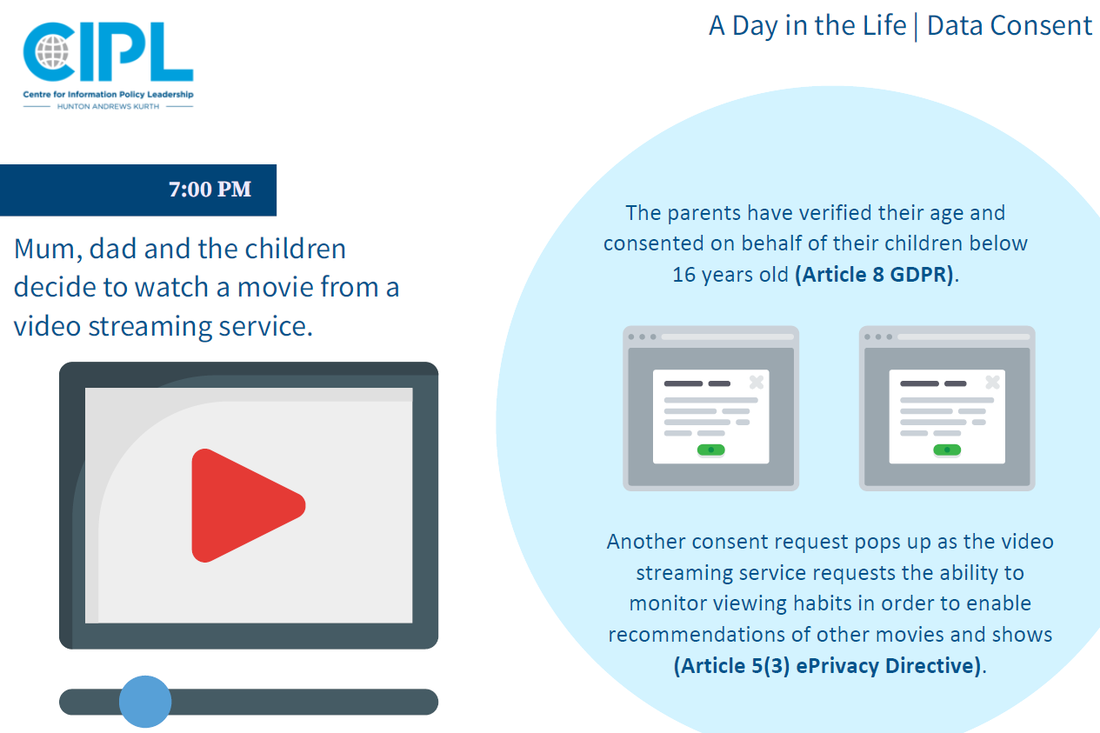
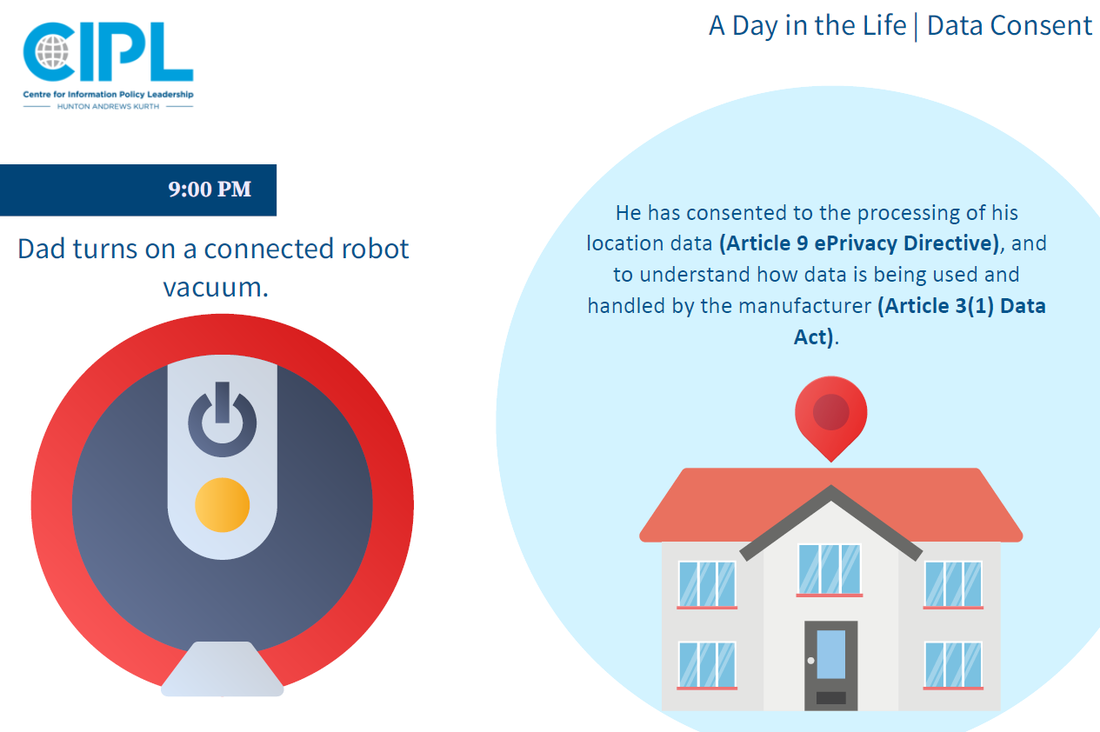
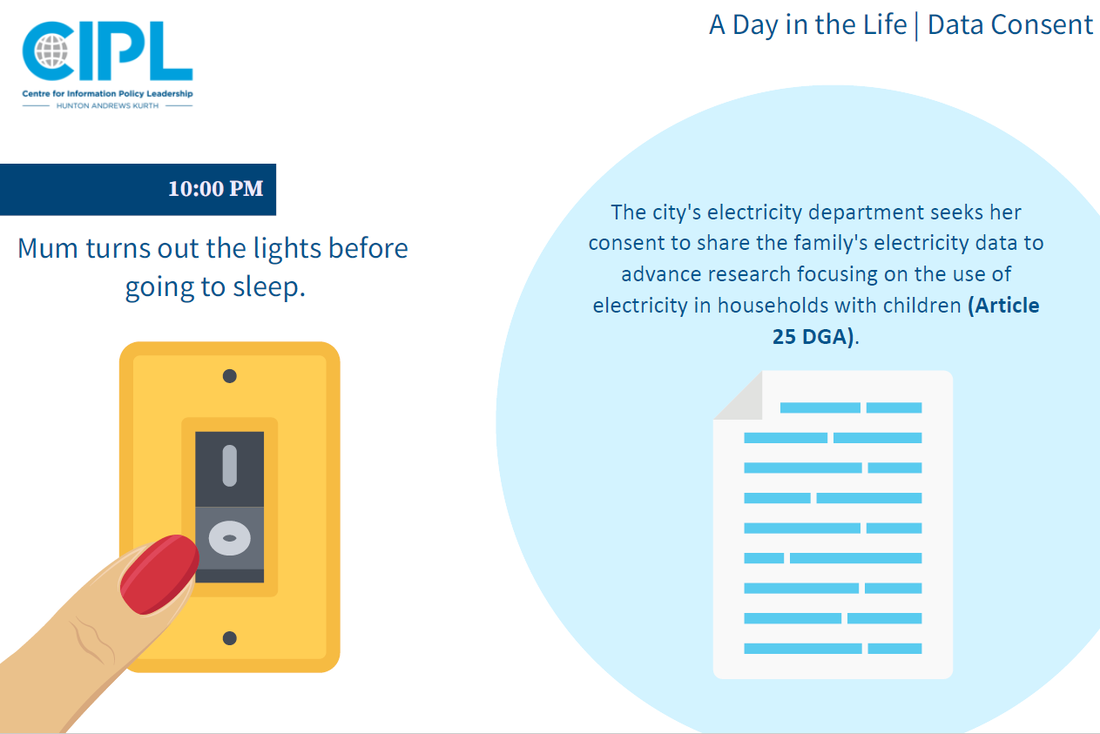

 RSS Feed
RSS Feed

